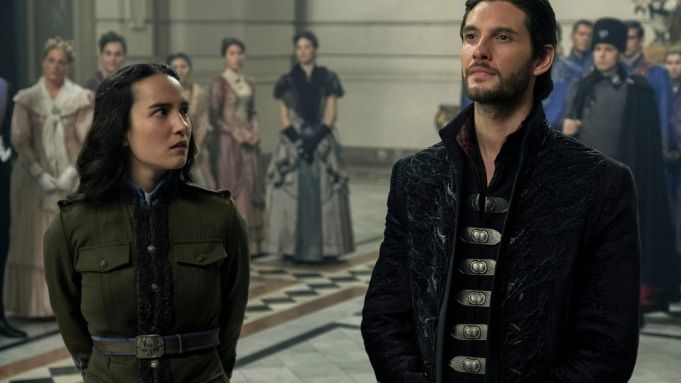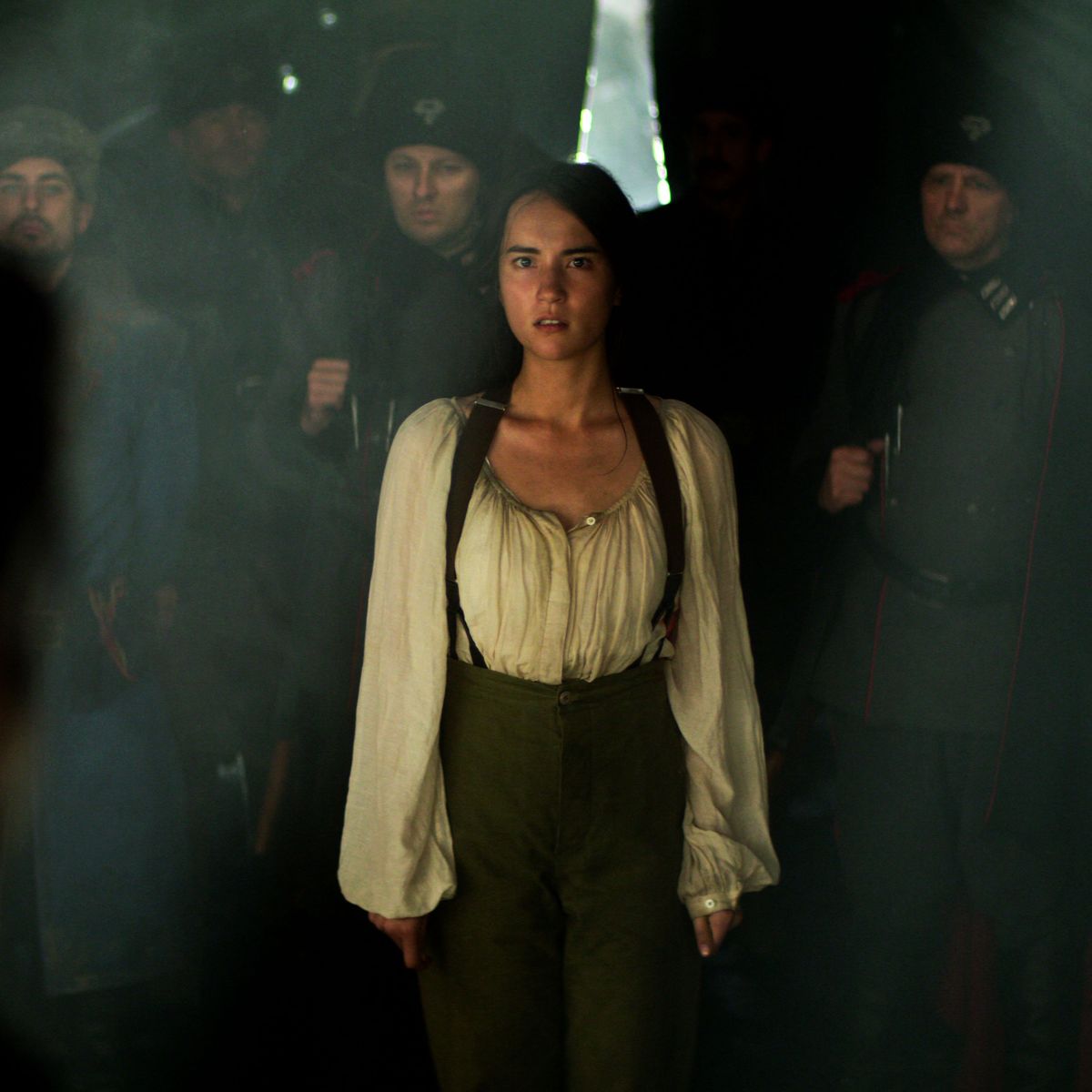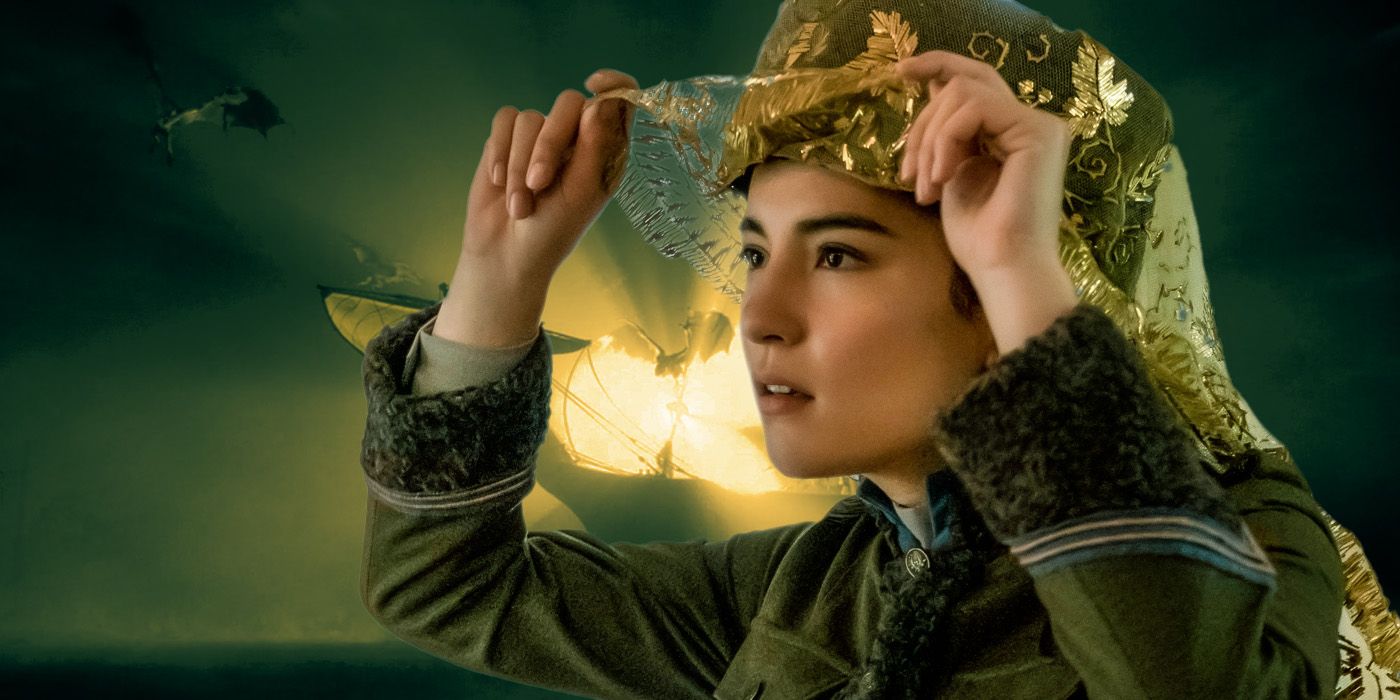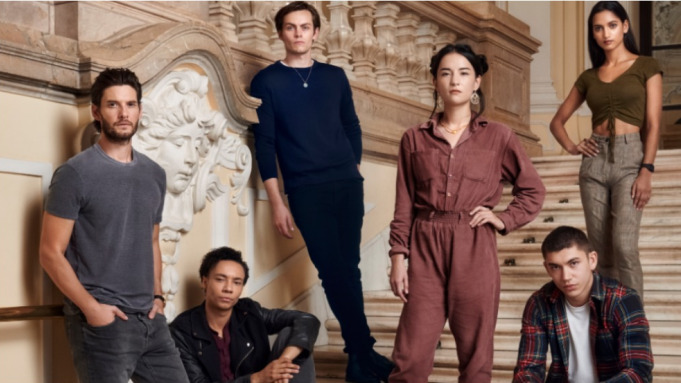Why Netflix’s adaptation of “Shadow and Bone” is more nuanced than its source material

A few minutes every morning is all you need.
Stay up to date on the world's Headlines and Human Stories. It's fun, it's factual, it's fluff-free.
Grishaverse comes to life in Netflix’s adaptation of Leigh Bardugo’s “Shadow and Bone,” and even bibliophile loyalists have to admit that the new show depicts a more nuanced tale than that of its source material. First published in 2012, Bardugo’s first Grishaverse book follows orphan Alina Starkov as she discovers she may be the key to ridding her country of a vast darkness called the Shadow Fold. Though an entertaining read with beautiful world building, the “Shadow and Bone” trilogy uses Young Adult (YA) fantasy tropes as a crutch. Beware of spoilers, dear audience.
The YA fantasy formula

The familiar formula of the plain girl who uncovers a secret power and becomes the Chosen One plagues fantasy books for teenage audiences. She must be unremarkable, but not ugly because the attractive love interests must fall for her. She must be humble (preferably an orphan in rags) and spurn her new powers. If the author does not at one point make a fuss over changing her appearance to mirror her inner journey, then they have deviated from the formula.
More often than not she is required to make a grand entrance in a gown – or in Alina’s case, a kefta – that stuns those around her, including her love interests. Speaking of, bring forth said love interests. Though the main character is obligated to be plain, both men must be heartbreakers in the looks and talent departments.
We often meet the first love interest from the get-go. Meet Mal, the childhood best friend oblivious to the connection he shares with the main character. After the main character unwittingly reveals her power to the world, the second love interest sparks conflict. Meet the Darkling, an embodiment of the untouchable bad-boy cliché to whom the main character is irrevocably drawn.
He sees the main character as the alluring Chosen One, while the childhood best friend still thinks of her as a scrawny kid. Commence the good versus evil battle, in which a quest to defeat evil will inevitably occur, and the main character will have to make impossible choices with devastating consequences to be unraveled in the sequel.
This is the recipe for “Shadow and Bone.” It’s a comfortable and fun book that garnered tens of thousands of fans, in part because YA fantasy tropes are comfortable and fun. Bardugo’s later books, such as “Six of Crows” and “Ninth House,” are more compelling reads with better writing. So how did Netflix improve upon its source material to create a complex tale of race, romance, power and politics?
Alina’s race change

The first noticeable and significant change Netflix made is to Alina’s race. Instead of a white Ravkan girl with mousy hair, Alina is half-Shu, her mother coming from a bordering country based on Mongolia and China called Shu Han. Her lack of belonging deepens as characters single her out and ostracize her based on her race. Her racial identity also makes more narrative sense and allows her to explore her identity crisis on another level.
No matter where Alina finds herself, racism and classism follow. Even her fellow Grisha isolate her. The contradiction between her identity as an outsider in Ravka and her identity as the potential savior of Ravka complicates the show and fleshes out Alina’s character.
Ensemble cast

Netflix has caught onto audience hunger for ensemble casts with overlapping stories. While Alina’s first person narration limits Bardugo’s “Shadow and Bone,” Netflix borrows from other characters and their storylines in the Grishaverse such as Kaz Brekker, a gang leader aching for vengeance; Inej Ghafa, a spy and former Suli acrobat; Jesper Fahey, a masterful sharpshooter; Nina Zenik, a Ravkan Heartrender; and Fjerdan Drüskelle Matthias Helvar. Of these characters, Netflix expands Jesper the most and, as has become Netflix’s tradition in stories with overwhelmingly heterosexual romances, gives us a splash of gay representation.
All of these characters appear in Bardugo’s “Six of Crows” duology. Not only does Netflix expand the cast, but it expands Mall’s point of view so that the audience catches glimpses of his journey to find the stag and get back to Alina. In the books, Mal comes across as possessive and selfish, while the show lets him rival his faults with a background story. These characters find themselves tied to one another in various degrees, which adds intrigue and makes Grishaverse a more tangible world.
The Darkling’s character and consent
The book only refers to the antagonist as the Darkling, the enthralling and mysterious leader of all Grisha. In Netflix’s adaptation he is allowed a human character with a past and a name. While the book does not hide his dark side so much as withhold a truth readers saw coming, the show offers up a Darkling that yearns to change the world and redeem himself. He gives Alina a chance to belong to something and to someone, when she’s never before had that chance.
Aleksander, the Darkling, does not embody evil. He continually bends to his faults and commits evil acts. It makes sense that Alina would fall for the beautiful man haunted by his past (a past we get to see), especially when he’s played by Ben Barnes. Even when Baghra reveals her son’s true nature, Aleksander clings to the hope that he can win Alina’s heart instead of enslaving her.
When it comes to moments of intimacy in the book, the Darkling preys on a girl unsure of what she wants. In the show Alina initiates, and Aleksander asks for consent. Unfortunately he forgets to ask for consent when he chains Alina’s power to his own.
“Shadow and Bone” is available for streaming on Netflix now.
Have a tip or story? Get in touch with our reporters at tips@themilsource.com




Comments ()